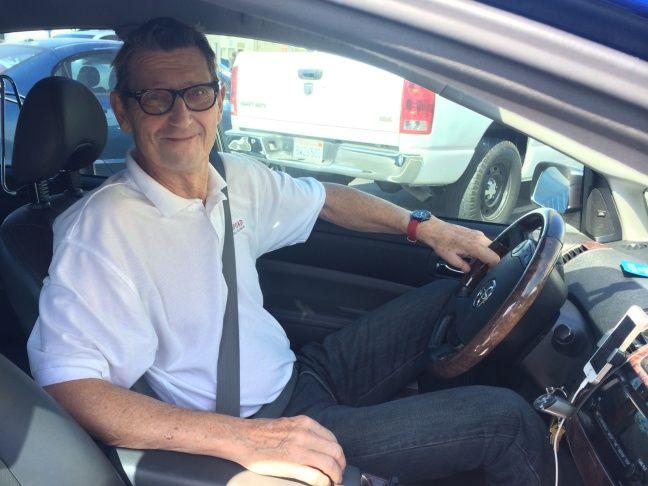High drug costs 'only getting worse'
In reality, doctors don't know exactly how much a drug will cost a particular patient.
But they do know this: The cost of cancer drugs is skyrocketing. Last year, all of the new cancer drugs approved by the FDA were priced above $120,000 per year of use.
"It's a very big problem and it's only getting worse," says Dr. Vincent Rajkumar, a professor of medicine at the Mayo Clinic in Minnesota.
"We're getting newer and newer drugs, which prolong life for shorter and shorter lengths of time, and serve smaller numbers of patients, and the costs are just continuing to rise, and there's nothing to stop it."
He says these high costs are being passed on to patients, through high deductibles and co-pays.
"A copay of 20 percent on a $10,000 drug is not going to be trivial," he explains.
Tomlinson -- who has been a professional tennis player, and a television industry executive -- is all too familiar with the financial burden of cancer.
Once he started his cancer treatment, he had to stop working. His wife quit working as well to help care for him. Tomlinson estimates that he's spent hundreds of thousands of dollars on his treatment.
He's now driving for Uber to help close the financial gap. He says working for the rideshare company has allowed him to make a modest living, even as it feels like everything else is falling apart.
"As a result of life and sickness and costs, I'm looking at declaring a personal bankruptcy," he says. "In some ways that feels as bad as the cancer, and it's deeply shameful for me."
He's not alone: A survey of 511 people by the Cancer Support Community, an international patient support group, finds that 37 percent of cancer patients are seriously or very seriously concerned about bankrupting their families.
Considering Value of Drugs a 'Sea Change'
That financial burden is spurring cancer doctors to start talking with their patients about the value of different treatments.
"As oncology professionals, for a long time, we thought that this was not really part of our job description," says Dr. Nancy Davidson, director of the University of Pittsburgh Cancer Institute. "We've come to realize that we're the people who are the patients' biggest advocate. It's part of my job to make sure that we think about the totality of what they're facing, and that includes the cost of the care."
The American Society of Clinical Oncology (ASCO), an organization representing more than 35,000 cancer professionals, is working on a way to make conversations about costs easier. It's developing a system in which doctors and patients can jointly score different drug regimens based on three factors: clinical benefit, toxicity and cost.
Cost "is a form of toxicity. It's a side effect of therapy, in the same way that hair loss is, and nausea and vomiting might be," says Davidson, who is helping ASCO to develop the new approach.
The National Comprehensive Care Network, an alliance of more than two dozen leading cancer centers, is developing a similar approach. Under its system, doctors and patients would work together to evaluate treatment options based on several criteria: effectiveness, safety, quality of the scientific evidence supporting the treatment recommendation, and affordability.
These developments are "a sea change," says Dr. Peter Bach, head of the Center for Health Policy and Outcomes at Memorial Sloan Kettering Cancer Center in New York. Bach, who heads up research on how to improve the quality of cancer care, describes both approaches as "very thoughtful, and I think very bold, and incredibly important."
Bach believes that eventually the pharmaceutical industry may need to consider changing how it sets prices for cancer drugs, "because doctors are going to start changing prescribing patterns based on price, and that has never happened before."
In remission
Lee Tomlinson didn’t talk about the cost of his care in advance –- something he regrets today.
But after dropping off an Uber passenger, he says he's now focusing on rebuilding his life. He's been in remission for two years. If he remains cancer-free for three more years, he'll be considered cured.
Tomlinson is also embarking on a new project. Building on his own experiences -- both good and bad -- with the health care system, he's launched the non-profit Center for More Compassionate Care. He's doing a lot of public speaking now, trying to inspire and remind medical professionals of the importance of caring for patients' spiritual and emotional needs, as well as their physical ones.
